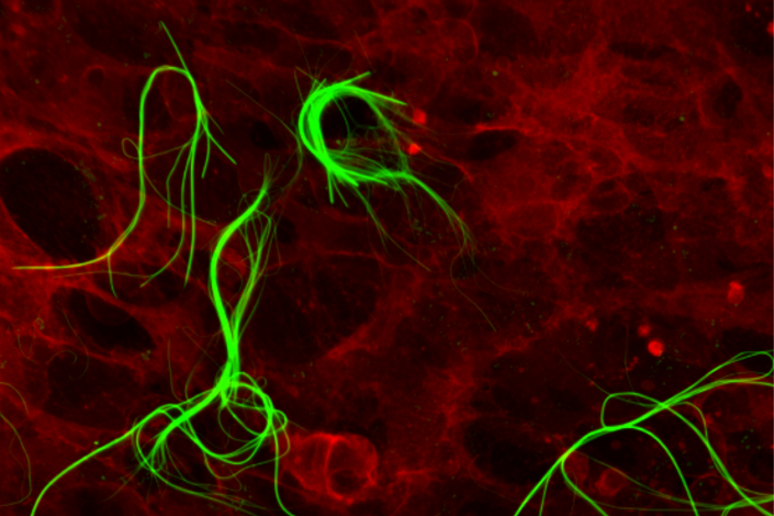Laboratory-obtained molecules have been seen growing inside cultivated human cells, where they assembled without damaging the cells and without compromising their vitality.
The result of this experiment could pave the way to new future therapies and applications for regenerative medicine. The study, published in Advanced Materials, was coordinated by the Italian National Research Council (CNR) in collaboration with Milan Polytechnic, Bologna University and the Milan and Pisa seats of the Italian Institute of Technology (IIT - Istituto Italiano di Tecnologia).
It was already known that synthetic molecules were capable of forming nano-structures inside cells but this is the first time that they have been seen growing. Seeing these structures, called DTTO, grow was possible thanks to the use of cell-imaging and microscopy techniques. Scientists are already studying new organic compositions with properties similar to those of the molecules observed, said Francesca Di Maria, a researcher for the CNR's Institute of Organic Synthesis and Photoreactivity (ISOF).
"The aim is to fully understand the mechanisms at the base of these organized structures in order to exploit all their benefits for human health," she said. IIT's Guglielmo Lanzani said the research "opens up new prospects for the development of therapies based on the stimulation and regulation of cell interactions. "Furthermore, it could make considerable progress in tissue engineering possible, consenting the creation of functional, three-dimensional cell structures," he said.
Riproduzione riservata © Copyright ANSA













